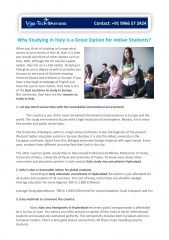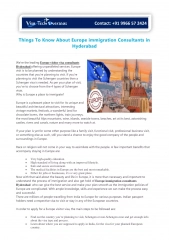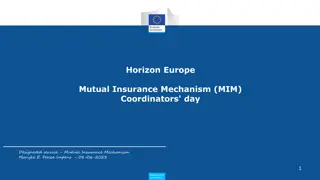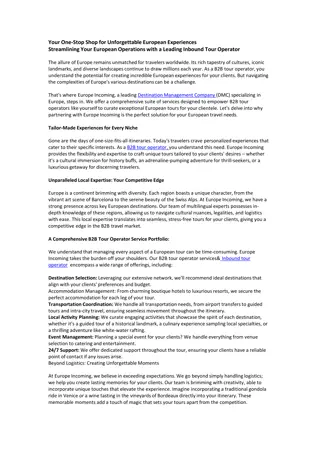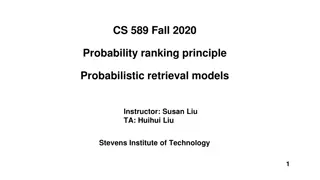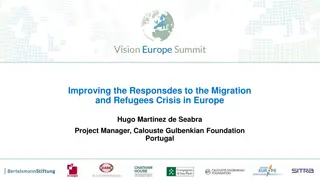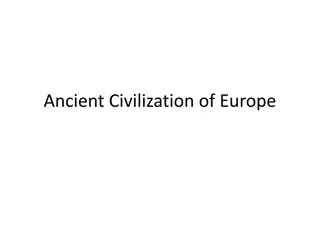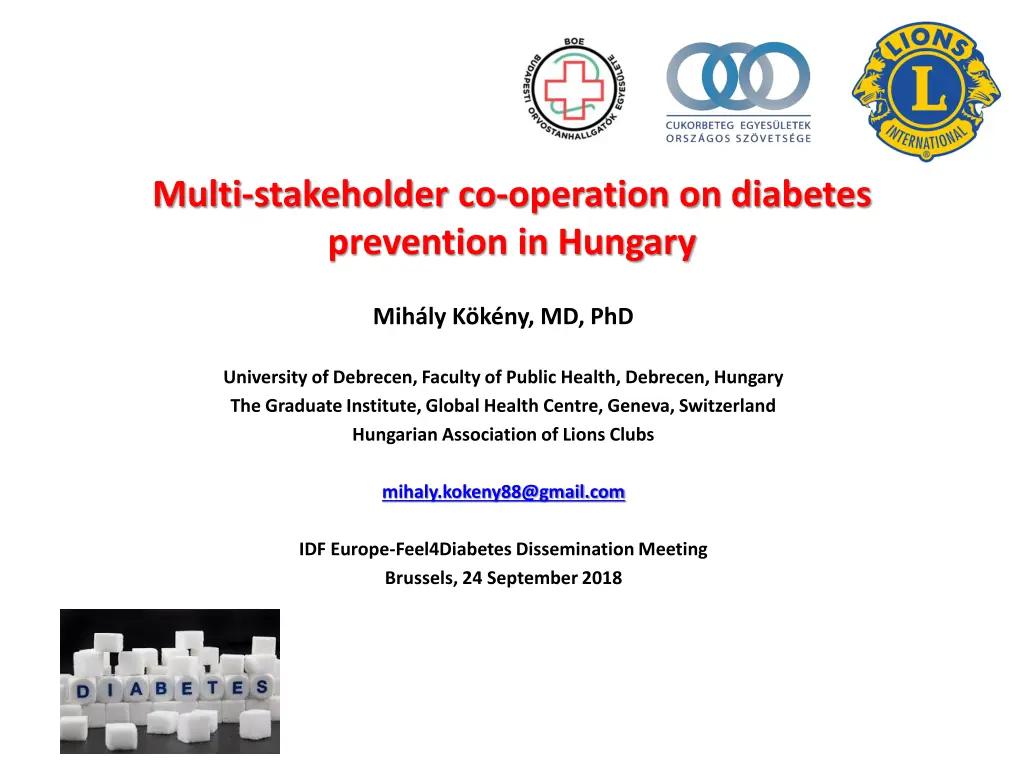
Multi-stakeholder Cooperation on Diabetes Prevention in Hungary
Learn about the alarming data related to diabetes prevalence in Hungary, highlighting the need for improved primary care and healthcare infrastructure. The Hungarian healthcare system faces challenges such as over-centralization, underfunding, and a shortage of health workforce. Initiatives by the Hungarian Diabetes Association aim to enhance diabetes care, yet obstacles like weak health literacy and limited access to innovative drugs persist. Discover the importance of collaboration among medical disciplines for effective diabetes management in Hungary.
Download Presentation

Please find below an Image/Link to download the presentation.
The content on the website is provided AS IS for your information and personal use only. It may not be sold, licensed, or shared on other websites without obtaining consent from the author. If you encounter any issues during the download, it is possible that the publisher has removed the file from their server.
You are allowed to download the files provided on this website for personal or commercial use, subject to the condition that they are used lawfully. All files are the property of their respective owners.
The content on the website is provided AS IS for your information and personal use only. It may not be sold, licensed, or shared on other websites without obtaining consent from the author.
E N D
Presentation Transcript
Multi-stakeholder co-operation on diabetes prevention in Hungary Mih ly K k ny, MD, PhD University of Debrecen, Faculty of Public Health, Debrecen, Hungary The Graduate Institute, Global Health Centre, Geneva, Switzerland Hungarian Association of Lions Clubs mihaly.kokeny88@gmail.com IDF Europe-Feel4Diabetes Dissemination Meeting Brussels, 24 September 2018
Alarming data 772 000 diabetic patients live in Hungary (8% of the population), of which 94% has type 2 (727 000), 6% has type 1 diabetes (45 000 people). At least another 8% does not know he/she is diabetic. It means that the prevalence estimate is around 15% For type 2, a 71% increase was observed over a decade and a half. Over 60, every fifth is diabetic. As regards risk factors: 65% of the adult population is overweight or obese (the body mass index is above 25 kg /nm). Every fourth Hungarian child is overweight. Annually, 3600 patients had lower limb amputations due to complications of diabetes, 10 amps per day. 32 000 diabetic patients are blind or severely visually impaired. An additional 1000 patients per year lose vision due to diabetes. The health insurance spends 220-230 billion HUF (approx. 0.7 billion euro) per year for diabetes care.
Too many people are admitted to hospitals for diabetes, highlighting the need to improve primary care Diabetes hospital admission in adults, 2006 and 2011 (or nearest year)
Snapshot on healthcare in HUN Over-centralized and underfunded public system Total health expenditures are around 7% of GDP, while the EU28 average is close to 10% (private spending is above 35%, one of the highest in the EU) Considerable health workforce shortage: since 2005 approx. 7000 doctors (many nurses) have emigrated because of law salaries, poor working conditions, overload and lack of vision led to longer waiting lists, deterioration of quality Aging GPs have no incentives and time for prevention of NCDs In the last 10 years governments have not put health and healthcare on their priority list
Diabetes care in HUN Early diagnosis, treatment and care should be managed by general practitioners; specialists provide consultative support The Hungarian Diabetes Association (HDA) has a pro- active role in training, research, even in licencing specialists for diabetes (currently around 500) and accrediting diabetes care units HDA initiated and elaborated national diabetes control programs (1991, 2006, 2011) but none of them has been endorsed Challenges: Weak health literacy (in terms of promoting physical exercise and balanced nutrition) Lack of governance for health (multisectoral approach) Diabetic food is expensive and not always available Survival of paternalistic attitudes in healthcare Overburden of health personnel: no time for personalized advices Access to innovative drugs is limited Cooperation among various medical sub-disciplines is missing
Goals of Lions Clubs International (LCI) a global charity organization covering 206 countries with 1,5 million members Diabetes is one of the 5 areas of focus. Others include starvation, environment, vision and childhood cancer. In the context of diabetes LCI aims at: Educate Lions and Lions communities. Create environments that inspire and support healthy lifestyles. Increase access to diabetes care, medication and diagnostic equipment. Help implement national diabetes policies and plans.
Hungarian Lions against diabetes in partnership with medical students and patient organizations Blood sugar measurement and overall risk assessment together with eye screening - in disadvantaged groups (impoverished villages, old- age homes, Roma settlements) Health education and information campaigns in schools for healthy living Charity events to finance the diabetes prevention and care , such as supporting local diabetes clubs, summer camps for diabetic children, purchasing new equipments, etc.
Fields of cooperation between Lions and Association of Diabetic Patient Organizations Joint educational events in secondary schools Nordic walking with diabetics National survey to explore the existing pathways of patients within the health system, the insufficiencies of care and the expectations of patients
Working together with medical students Just one example: Budapest Medical Student Association organizes multi- round health competition for 14-18 years students each year. Topics cover chronic diseases incl. diabetes. In 2018: 1765 students participated. Lions as patrons provide sponsors and prizes.
Conclusion Healthcare systems cannot cope with the emerging epidemic of diabetes in most of the countries including Hungary Coordinated efforts of NGOs may narrow the gap stretching between needs and opportunities Performance of civic society organizations should be closely evaluated and consulted with public health authorities

![❤Book⚡[PDF]✔ Spaceplane HERMES: Europe's Dream of Independent Manned Spaceflight](/thumb/21517/book-pdf-spaceplane-hermes-europe-s-dream-of-independent-manned-spaceflight.jpg)
